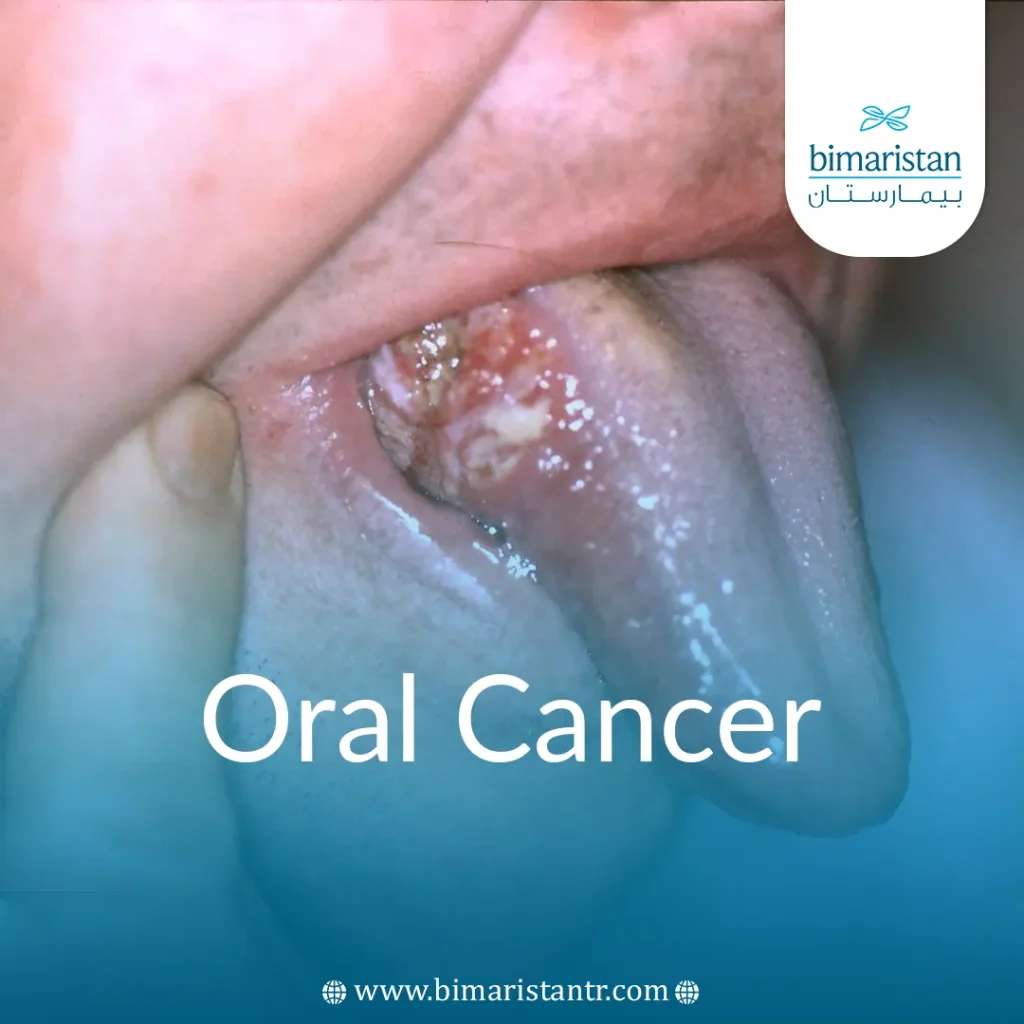Oral cancer appears as a tumor or ulcer that does not go away anywhere in the mouth, including the cheeks and gums. Here, you will learn about oral cancer, its diagnosis and causes, and the treatment methods available in Turkey.
Early detection of tumors can lead to better treatment outcomes and may help prevent you or someone you love from becoming one of the 11,230 people who may die from the disease this year.
Where can oral cancer appear?
Mouth cancer is divided into two categories: cancer of the oral cavity and the pharynx. This condition falls under the category of oral and pharynx cancer.
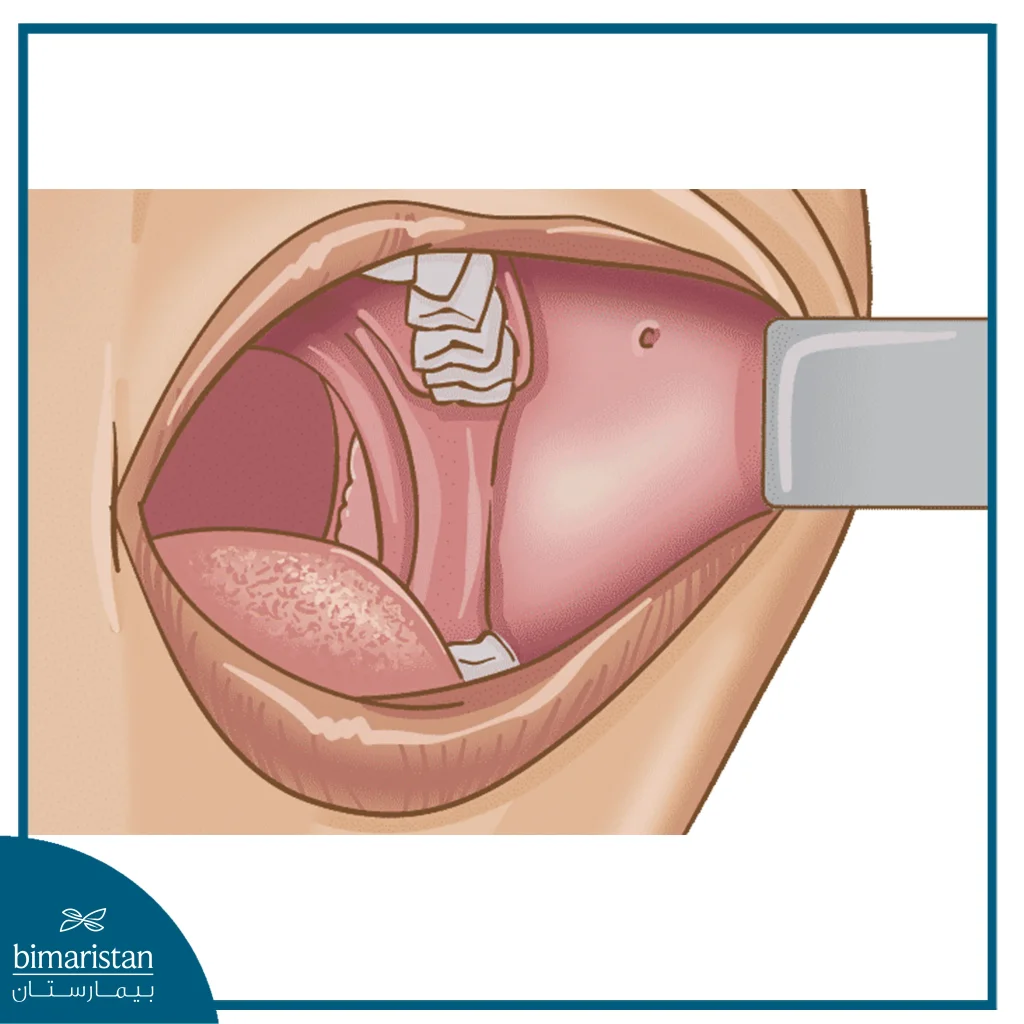
The oral cavity includes the lips, the lining of the cheeks, the gums, the front of the tongue, the floor of the mouth (under the tongue), and the hard palate (the roof of the mouth), while the pharynx includes the middle area of the throat including the tonsils and the base of the tongue.
Who gets oral cancer?
According to a study conducted by the American Cancer Society, men are twice as likely to develop oral cancer as women, and men over the age of 50 are at the most significant risk.
Causes of oral cancer
Cancer occurs when a genetic change in the body causes abnormal cell growth. Over time, these unwanted cells continue to grow and form a tumor that can migrate to other body parts.
Studies indicate that 90% of oral cancers are squamous cell carcinomas. Cancer begins in these squamous cells that line the lips and inside the mouth.
Risk factors for oral cancer
The causes of these changes are not yet known, but some risk factors appear to increase the chance of developing oral cancer.
Studies show that the following factors increase your risk:
- Smoking: Cigarette, cigar, or pipe smokers are six times more likely to develop oral cancer than non-smokers.
- Smokeless tobacco use: People who use tobacco products such as snuff, chewing, or snorting are 50 times more likely to develop cancer of the gums, cheeks, and lining of the lips.
- Excessive alcohol consumption: Oral cancer is about six times more common in people who drink alcohol than in non-drinkers. Using alcohol and tobacco together increases your chances even more.
- A family history of cancer.
- Excessive sun exposure, especially at a young age. Ultraviolet rays from the sun can cause lip cancer.
- Human papillomavirus (HPV): Some strains of HPV are risk factors for oropharyngeal squamous cell carcinoma (OSCC).
- Age: Oral cancer can take years to develop. Most people find out they have it after age 55, but a significant proportion of younger men develop HPV-related cancers.
- Gender: Men are at least twice as likely to develop oral cancer as women, possibly because men drink and smoke more than women.
- Poor diet: Studies have found a link between oral cancer and not eating enough fruits and vegetables.
- Regularly chewing betel nuts is a common habit in parts of Southeast Asia.
- A history of head and neck cancer.
It is important to note that more than 25% of oral cancers occur in people who do not smoke and who only drink alcohol occasionally.
Other factors that may increase the risk of oral cancer include:
- Gastroesophageal reflux disease (GERD)
- Previous radiation therapy to the head, neck, or both
- Exposure to certain chemicals, especially asbestos, sulphuric acid, and formaldehyde
- Having a long-term injury or chronic trauma, such as from rough teeth
- Drinking very hot mate tea, which is common in South America
Eating a healthy diet with plenty of fresh fruits and vegetables may reduce the risk of the disease.
Diagnosing oral cancer
Your dentist will feel for any lumps or irregular changes in the tissues of your head, face, oral cavity, and neck. When examining your mouth, your dentist will look for any sores or discolored tissues and check for any signs and symptoms listed above.
If a person has symptoms that may indicate oral cancer, the doctor will:
- Ask about their symptoms
- Perform a physical examination
- Take a personal and family medical history
If oral cancer is suspected, a biopsy may also be recommended. This is where a small tissue sample is taken to check for cancer and determine the composition of the suspicious area. There are different types of biopsy, and your doctor will be able to decide which is best.
This may be a brush biopsy, where a sample of cells is painlessly collected from the tissues of your mouth using a special brush. Many doctors do not use brush biopsies because while they are very easy, they may need a scalpel biopsy to confirm the results if the brush biopsy is positive.
There are also different types of scalpel biopsies, exploratory and excisional, depending on whether you need just a small sample or the entire area to determine the nature of the problem. Some doctors also perform these biopsies using a dental laser.
If the biopsy reveals mouth cancer, the next task is to determine the stage.
Tests for staging the cancer include:
- Endoscopy: The doctor passes a thin tube with a light and a small camera down the person’s throat to see if the cancer has spread and, if so, how far.
- Imaging tests: An X-ray of the lungs, for example, will show whether the cancer has reached that area.
Oral cancer symptoms
Often, there are no signs or symptoms of mouth cancer in its early stages.
Your dentist may be able to detect signs and symptoms early on, so smokers and heavy drinkers should have regular dental checkups because tobacco and alcohol are risk factors for mouth cancer.
Pre-cancerous conditions
Includes all conditions that can eventually develop into oral cancer:
- Leukoplakia: White patches in the mouth that do not go away when a person rubs them.
- Oral lichen planus: Areas of white lines with red borders and possible ulceration.
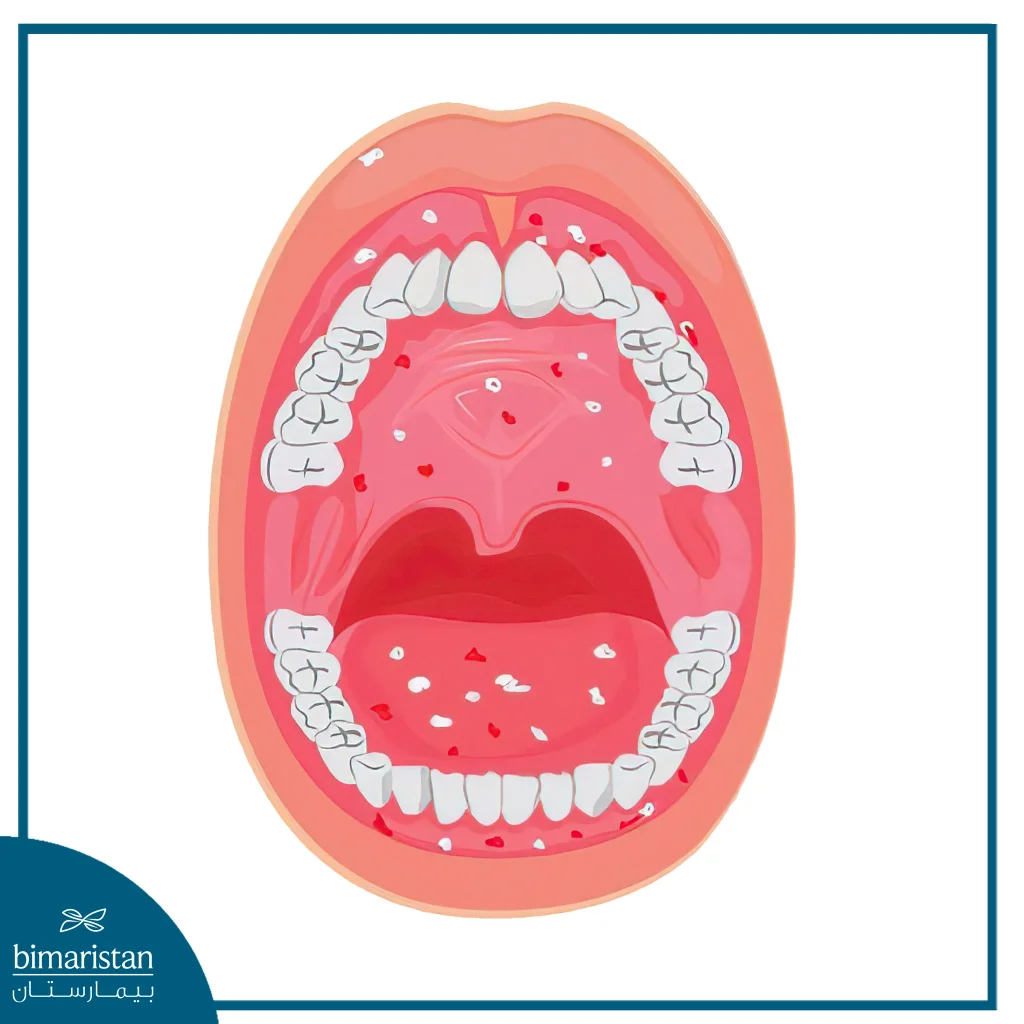
Not every mouth sore or ulcer is cancerous, but many can develop into cancer, so talk to your doctor about any changes in your mouth.
Monitoring changes can help detect cancer early when it is easier to treat.
After it develops into cancer
If a sore develops into cancer, you may notice the following:
- Patches on the lining of your mouth or tongue, usually red or red and white
- Bleeding, pain, or numbness in your mouth
- Persistent sores on your face, neck, or mouth that bleed easily and do not heal within two weeks
- A lump or thickening in your gums or the lining of your mouth
- Loose teeth for no apparent reason
- Swelling of your jaw
- Chronic sore throat or a feeling that something is stuck in your throat
- Hoarseness or a change in your voice
- Difficulty chewing, swallowing, speaking, or moving your jaw or tongue
- A change in the way your teeth or dentures fit together
- Significant weight loss
It should be noted that the presence of any of these symptoms does not mean that the patient has oral cancer, but it is worth seeing a doctor.
Stages of oral cancer spread
This refers to the extent to which the cancer has spread in the body. In the early stage, pre-cancerous cells can eventually become cancerous. We call this stage 0 cancer or localized cancer. The doctor will monitor changes at this stage.
- Stage I is localized cancer that affects one area and has not spread to other tissues.
- Stage II is regional cancer that has spread to nearby tissues.
- Stage III is distant cancer that has spread to other parts of the body, including the lungs or liver.
Oral cancer may start in just one part of the mouth and then, if left untreated, spread to other parts of the mouth. It may also spread to the head, neck, and the rest of the body.
The patient’s treatment options and outlook depend to some extent on the cancer stage.
Oral Cancer Treatment
Oral cancer treatment depends on:
- The size of the cancer
- The location, stage, and type of cancer
- The patient’s overall health and ability to recover from surgery, radiation therapy, or chemotherapy
- Personal preferences
- How treatment will affect appearance and function, such as speech, chewing, and swallowing
Several methods are available for treating oral cancer, as we will mention here.
Surgical Oral Cancer Treatment
The surgeon removes the tumor through surgery with a small amount of healthy tissue around it. The surgery may involve the surgeon removing the following:
- Parts of the tongue
- Jawbone
- Lymph nodes
If the procedure significantly changes the patient’s appearance or ability to speak or eat, he or she may need reconstructive or cosmetic surgery.
Radiation Therapy for Oral Cancer
Oral cancers are sensitive to radiation therapy. This treatment uses beams of high-energy X-rays or radiation particles to destroy the DNA in tumor cells, eliminating their ability to multiply.
External Beam Radiation Therapy for Oral Cancer
A machine targets the affected area with radiation beams.
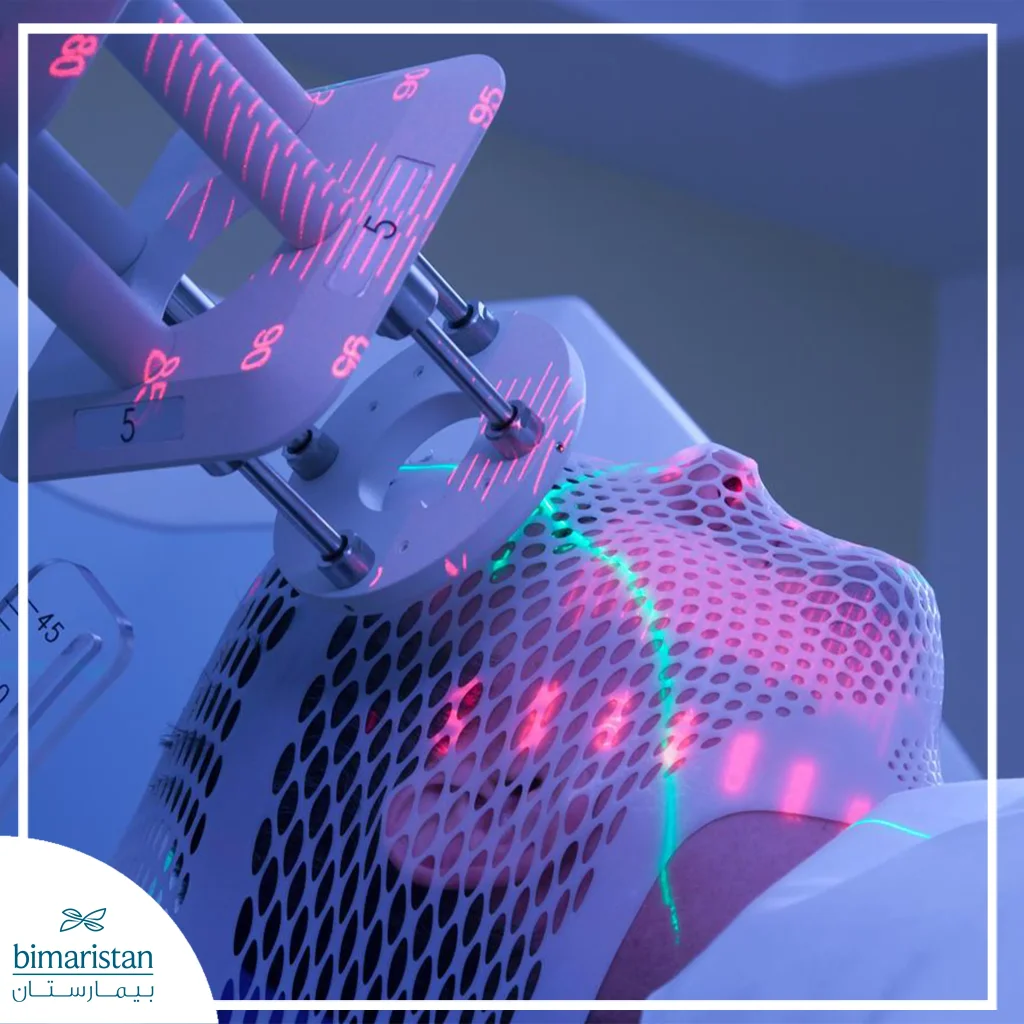
Brachytherapy
Radioactive needles are used to deliver radiation to the tumor inside the body. Doctors may recommend this for people with early-stage tongue cancer.
Radiation therapy to the mouth can have several side effects, including:
- Tooth decay
- Mouth sores
- Bleeding gums
- Jaw stiffness
- Fatigue
- Skin reactions such as burns
Treatments are likely to be more effective in patients who do not smoke or who have already quit smoking.
Treatment for stage I oral cancer may involve radiation therapy alone. Still, your doctor may recommend combining it with other treatments to reduce the risk of the cancer developing or recurring.
Chemotherapy for oral cancer
If the cancer has spread, your doctor may recommend a combination of chemotherapy and radiation therapy. Chemotherapy involves the use of powerful drugs that destroy the DNA of cancer cells, limiting the cells’ ability to multiply and spread.
The drugs used in chemotherapy destroy cancer cells, but they can sometimes damage healthy tissue as well, and this can lead to many harmful effects. These effects may include:
- Fatigue
- Nausea and vomiting
- Hair loss
- Weakened immune system and increased risk of infection
These effects usually go away after the person has finished treatment.
Treatment of oral cancer by hyperthermia
In this emerging technique, the doctor heats the area above average temperature to damage and kill tumor cells.
This heat therapy method can also increase tumor cells’ sensitivity to radiation therapy.
Complications of oral cancer treatment
Oral cancer and its treatment can lead to a range of complications and symptoms. Complications after surgery include the risk of:
- Bleeding
- Infection
- Pain
- Difficulty eating and swallowing
In addition, long-term problems may include the following:
- Carotid artery stenosis: This can result from radiation therapy and may lead to problems with the heart and blood vessels.
- Dental problems: These can sometimes occur if surgery changes the shape of the mouth and jaw.
- Dysphagia or difficulty swallowing: This can make eating difficult and may increase the risk of food aspiration and subsequent infections.
- Speech problems: Changes to the tongue and lips after surgery can affect speech.
- Mental health problems: Depression, irritability, frustration, and anxiety may arise.
Oral cancer patient prognosis
The outlook for a person with oral cancer depends on the spread of the tumor and where it occurs in the mouth, as well as other factors. Apart from the stage of oral cancer, there are factors that affect the chance of recovery, such as:
- Age
- General Health
- Type and stage of cancer, as some types are more aggressive than others
- Treatment options that have been applied to treat oral cancer
How can a dentist help detect oral cancer early?
During a regular check-up, your dentist will ask you about changes in your medical history and whether you are experiencing new or unusual symptoms.
Your dentist will then examine your oral cavity, including your lips, the lining of your cheeks, your gums, the front part of your tongue, the floor of your mouth, and the roof of your mouth. Your dentist will also examine your throat (pharynx), the soft part of the roof of your mouth, including your tonsils, the back part of your tongue, and the place where your tongue attaches to the bottom of your mouth. Your dentist will then feel your jaw and neck for tumors and any lumps or abnormalities.
What happens if your dentist finds something suspicious?
Your dentist won’t be able to tell if what he or she is looking for is cancer. To make a definitive diagnosis, he or she may order a test. Your dentist may also re-examine you in a week or two to see if the suspected sore has healed before recommending further follow-up.
You and your dentist can discuss the best strategy for diagnosing, preventing, and treating oral cancer together.
What can you do to prevent oral cancer?
Scientists believe that mouth cancer begins when DNA in cells in the mouth becomes damaged, but some conditions, including your health habits, can make you more susceptible to it. To reduce your risk of mouth cancer, people should:
- Avoid smoking or using any form of tobacco products
- Avoid drinking alcohol
- Eat a balanced diet
- Avoid chewing betel nut
- Have regular dental checkups
- Reduce your exposure to the sun. Frequent exposure increases your risk of lip cancer, especially of the lower lip. When you are in the sun, use sunscreen that protects your skin and lips from UVA/UVB rays.
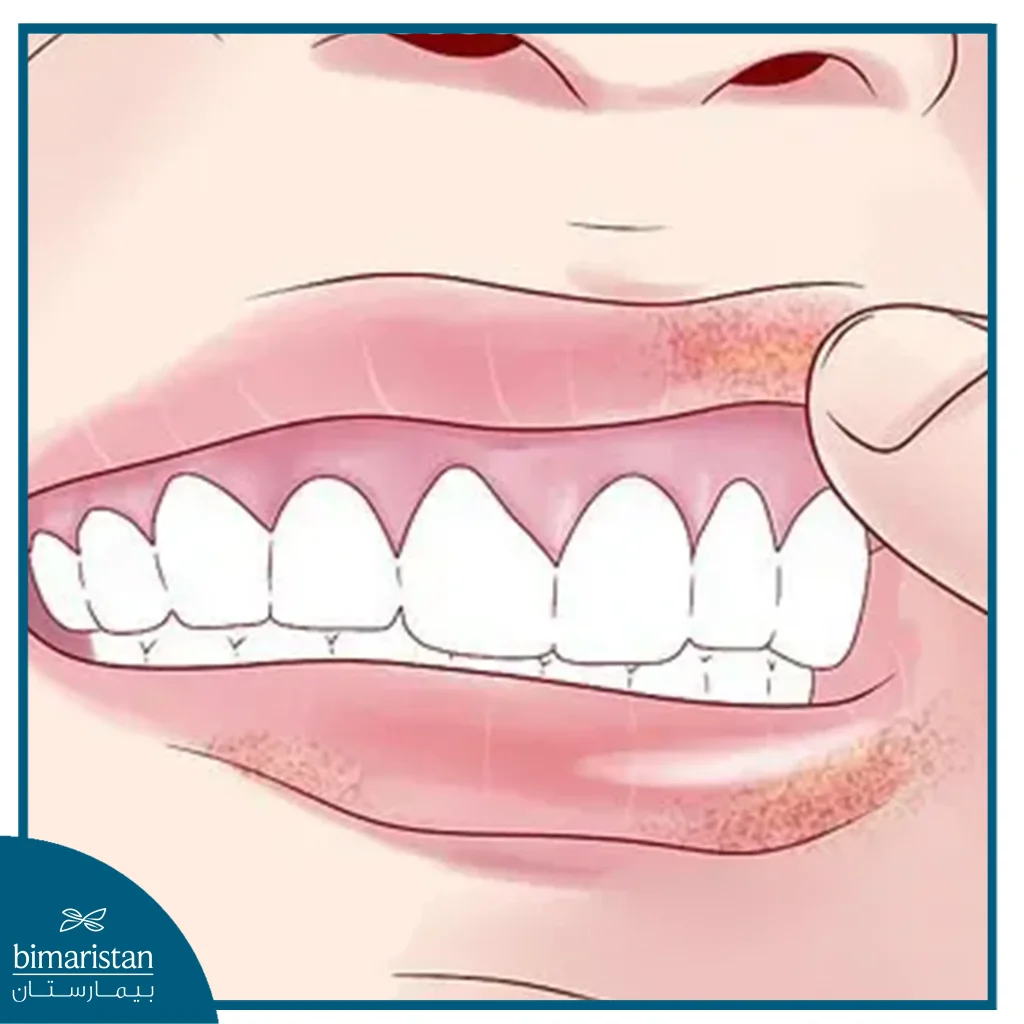
You can also play an active role in early detection of oral cancer if it occurs by doing the following:
- Do a self-exam at least once a month. Look closely at your lips and gums using a bright light and a mirror. Tilt your head back and look at and feel the roof of your mouth.
- Pull your cheeks back to view the inside of your mouth, the lining of your cheeks, and the back of your gums. Pull your tongue back and look at all surfaces. Examine the floor of your mouth and look at the back of your throat.
- Feel for lumps or enlarged lymph nodes on the sides of your neck and under your lower jaw. Contact your dentist immediately if you notice any changes in the appearance of your mouth or any of the signs and symptoms listed above.
See your dentist on a regular schedule, even if you do frequent self-exams. Sometimes, serious spots or sores in your mouth are too small to see on your own. The American Cancer Society recommends that people over age 20 have oral cancer screenings every three years and yearly for those over age 40.
Ask your dentist to perform an oral exam at your next dental appointment. Early detection can improve your chances of successful treatment.
Sources:
